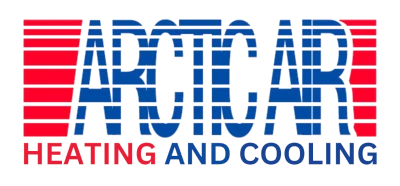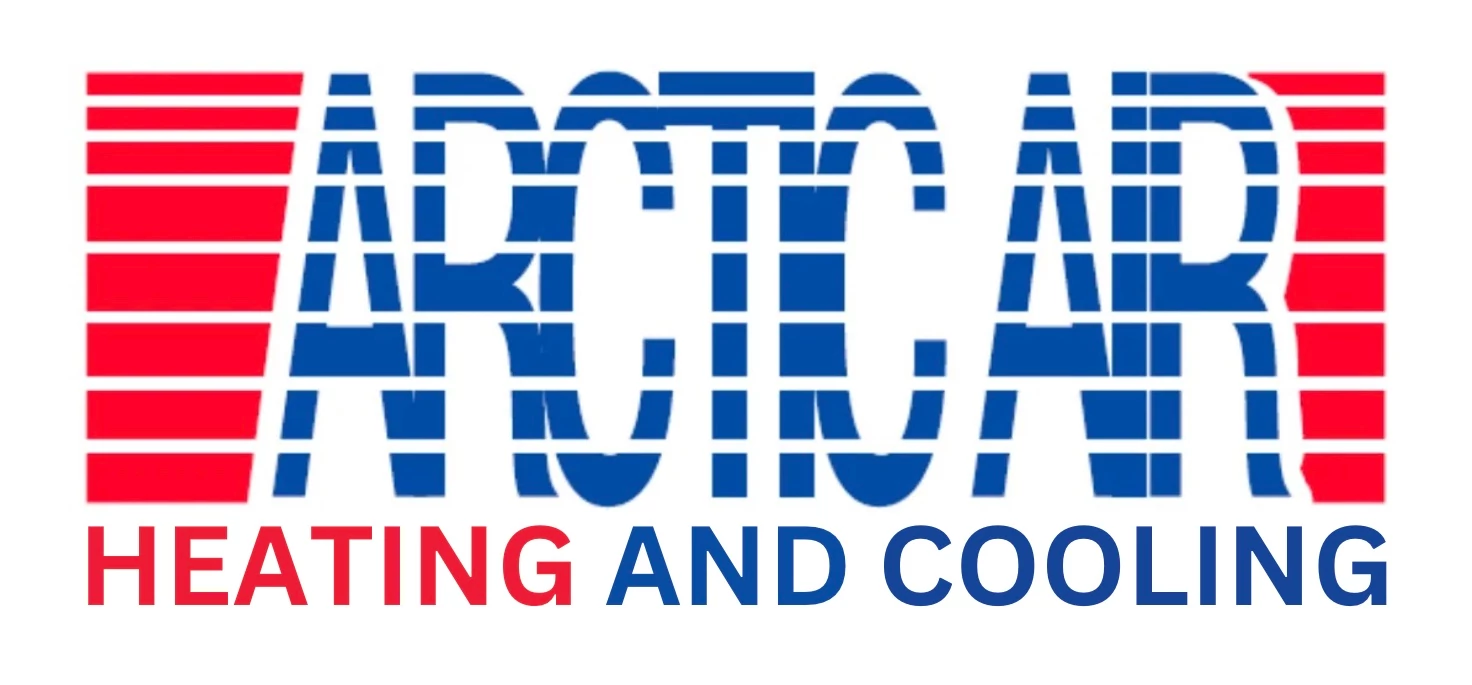Heat pumps are increasing in popularity for homes, especially homes that don’t have a connection to a natural gas line. Using a heat pump consumes much less energy than an electric furnace, making one an ideal choice for an all-electric household. They are also ideal for climates like ours here in the Kansas City Metro area, where it’s certainly not as cold in our homes as it is for our neighbours further up north but where when the cold snaps do come they can get really cold!
What is a Heat Pump?
Think of a heat pump as a heat transporter constantly moving warm air from one place to another, to where it’s needed or not needed, depending on the season. Even in air that’s seems too cold, heat energy is present. When it’s cold outside a heat pump extracts this outside heat and transfers it inside. When it’s warm outside, it reverses directions and acts like an air conditioner, removing heat from your home.
One advantage of a heat pump is that it moves heat instead of generating heat, giving you more energy efficiency. Also, it is powered by electricity, so you can save substantially on fuel consumption.
Note that, as we mentioned, heat pumps are best for moderate climates, and a supplemental heating source may be needed for much lower temperatures. As a year-round solution for home comfort, heat pumps can become a key part of your HVAC system.
Understanding Your Heat Pump
If you are spending your first winter with a heat pump to warm your home and family, there are a few things you’ll need to get used to. Heat pumps can do things during cold weather that will look suspicious to people who aren’t familiar with them. They might make it look like the heat pump needs repairs. But these are normal activities, as we’ll explain.
The Outdoor Unit Runs When the Weather Is Cold
Since a heat pump works much like an air conditioner (basically, it’s an air conditioner that can change the direction it works so that it’s also a heater), people take their expectations for how ACs work over to heat pumps. They don’t expect the outdoor unit of an AC to run during cold weather!
But this is just how heat pumps run: during the cold weather, the indoor and outdoor coil swap jobs, so the outdoor coil draws heat from the outdoor air to transport indoors. It would be a serious problem if the outside unit of the heat pump wasn’t running.
There’s Smoke Coming from the Outdoor Unit
Nobody wants to see smoke rising off a mechanical appliance, and the sight of it coming from the outdoor cabinet of the heat pump can definitely be alarming. But what you’re seeing isn’t smoke at all but water vapor from the defrost cycle.
Ice forms along the outdoor coil as the heat pump runs because the moisture along it freezes in cold weather. Because the coil cannot function as a thermal absorber with ice on it, the heat pump periodically switches to a defrost cycle to heat the coils and melt the ice. This is the source of the “smokeâ€: water vapor from the melting ice.
As efficient as they are, heat pumps, like any other HVAC component do need regular maintenance and they can go wrong. And as every home is unique the right heat pump for yours may not be exactly the same as the one for your neighbor.
That’s why, when making the switch to a heat pump working with experts like the team at Arctic Air will help ensure you get the expertly installed solution you need at a price that is more affordable than you might think. To learn more about heat pumps and how Arctic Air can help you get the right one, click here.

